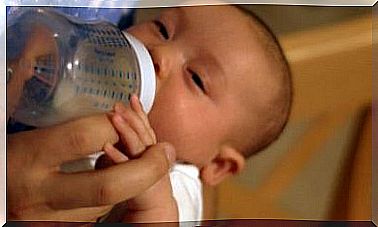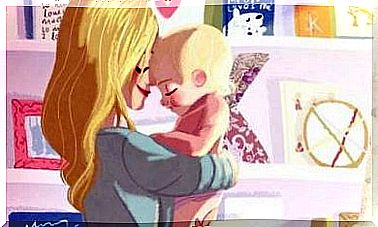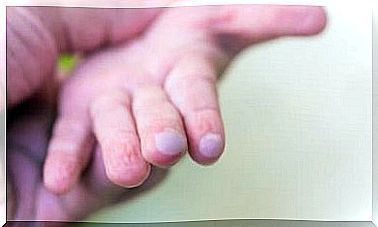Pediatric Leukemia: There Is Hope With Gene Therapy
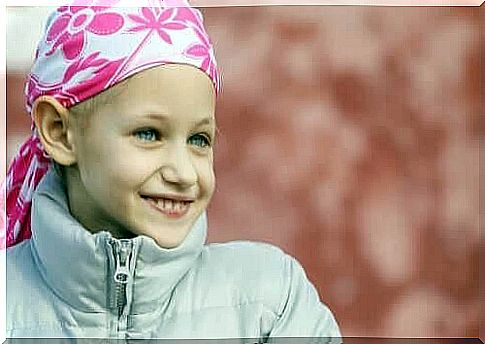
The latest treatments for the most common cancers among children have not only managed to prevent the disease from spreading, but they have also been able to cure it. Gene therapy gives those suffering from B-cell childhood leukemia a second chance at life.
To understand leukemia, we must first understand the cells that are affected and how it develops. It all starts in the bone marrow, which is a spongy tissue that has a white color. It is located inside the large bones such as the femur, hip and sternum.
The bone marrow contains a reduced number of stem cells that create the cells we find in blood. These include lymphocytes and myeloid stem cells (red blood cells and some white blood cells). So how is it that B-cell cancer starts?
What is childhood leukemia?
Any form of cancer begins when the body begins to produce cells and at an uncontrolled rate. These abnormal cells are unique in that they do not die. Since the body is made up of cells, cancer can occur in any organ.
Types of childhood leukemia
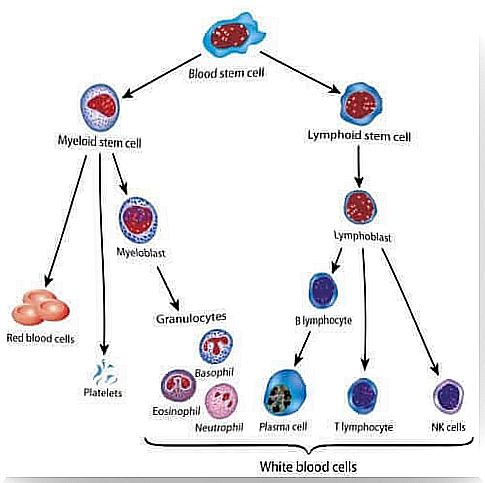
The American Cancer Society divides childhood leukemia into several different subtypes according to different characteristics. These are: Acute or fast-growing, chronic or slow-growing, with myeloid cells or lymphoid cells.
- Acute lymphocytic leukemia (ALL): This is the most common form of childhood leukemia that involves the formation of white blood cells. It is known as B-cell leukemia.
- Acute myeloid leukemia (AML): This type of cancer originates in the myeloid cells.
- Chronic lymphocytic leukemia (CLL): This type is rare in children. It affects the white blood cells in the bone marrow.
- Chronic myeloid leukemia (CML): This variation originates in hematopoietic stem cells, which produce red blood cells that invade the bloodstream. This type is uncommon in children.
There is hope with gene therapy
Recently, a clinic in Barcelona, Spain, treated several children with B-cell ALL who did not respond to conventional treatment. They used new gene therapy, which is still in its experimental phase in humans.
This treatment was approved in 2012 and is distributed by the pharmaceutical company, Novartis. But what does gene therapy consist of?
Gene therapy
Gene therapy is a treatment that is tailored to each patient. It consists of introducing specific genes into the patient’s cells to fight the disease. In this way, they avoid possible graft rejection and increase the effectiveness of treatment by designing specific target cells to attack the cancer.
Design of the treatment of childhood leukemia
The process consists of several steps and lasts 22 days.
- First of all, doctors extract blood cells from the patient and isolate T lymphocytes.
- Next, they genetically manipulate these cells in a laboratory. They give them a DNA sequence to produce a protein called CAR.
- The CAR protein is responsible for recognizing another protein located on the surface of the cancer cell, Ia CD19.
- The patient’s T lymphocytes (TL), which have undergone genetic modification, continue to grow in the laboratory until there are billions of them.
- In the last phase , the modified T lymphocytes are given to the patient in the form of an intravenous catheter.
How does the T-CAR / CD19 binomial work?
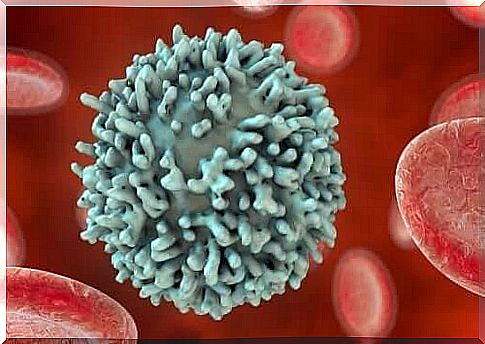
Imagine the cells as a sphere whose surface blooms with stick-like structures. Each of these structures has its own morphological characteristics. These sticks are responsible for the relationship between the cells and their environment and with other cells.
In the case of childhood leukemia, the person’s modified TL has a very concrete stick structure on the surface. CAR specifically recognizes a different stick structure on the surface of LB: CD10. Now that the lymphocytes have recognized the B-cancer cell, it can proceed with the elimination.
But Dr. Francis Collins, director of the National Institutes of Health , stated that there are many issues that need to be addressed before declaring this a success.
Success and failure of immunotherapy in childhood leukemia
In the results observed over three months of treatment, 80% of the patients presented a clear remission from the disease. These are all patients whose cancer did not respond favorably to conventional chemotherapy. This information comes from the National Cancer Institute .
But we need to be careful about the success of immunotherapy. This is due to the side effects that have been observed which experts cannot ignore. Dr. Collins presented a report on this issue, highlighting the following points:
- The CD19 protein is present in B lymphocytes, so LT-CDR does not distinguish between cancer cells and healthy cells. Thus, patients must undergo treatment for immunosuppression.
- The emergence of cytokine release syndrome, which occurs through the use of the drug.
- The presence of neurological side effects such as confusion and convulsions. These side effects seem to go away without the need for treatment.
This innovative treatment, of course, presents new hope for families whose children are suffering from cancer. Researchers are still improving the treatment and it is still in an experimental phase.
But the results have really also been positive when it comes to immunotherapy against other cancers such as HPV and lymphoma.

